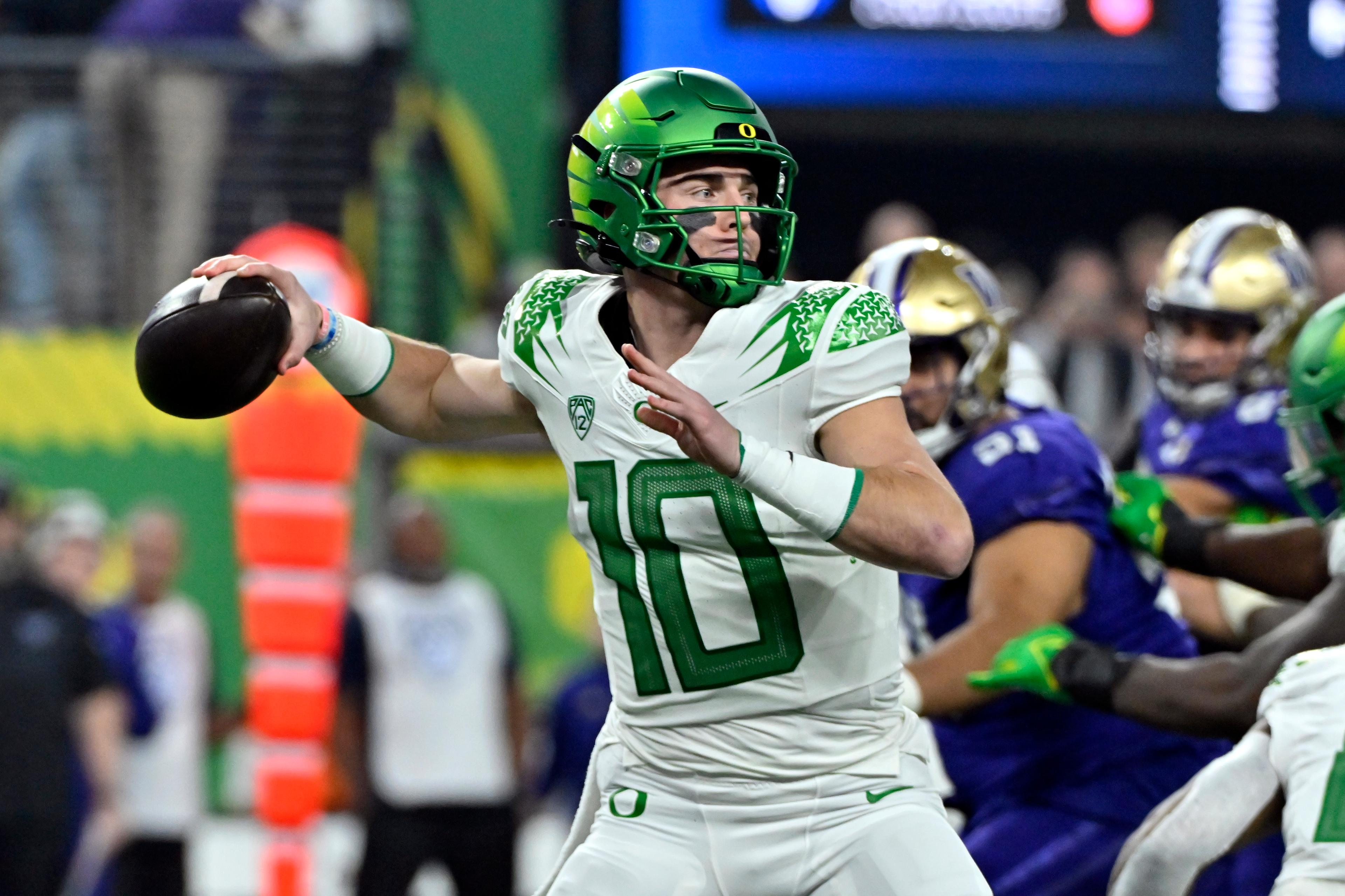The Rise of AI Language Models: A Look at the Current Landscape
In our technology-driven world, artificial intelligence (AI) is transforming various sectors, and language models are at the forefront of this revolution. With the advent of models like ChatGPT, the impact of AI on communication has become undeniable. This article will explore the latest developments in AI language models, including their capabilities, applications, and the regulatory landscape shaped by the European Union’s AI Act.
Understanding AI Language Models
AI language models, such as OpenAI’s GPT, Google’s models, and those from Meta and Anthropic, have gained considerable traction in both personal and professional spheres. Defined as algorithms that can generate human-like text, these models utilize vast datasets to understand context, syntax, and semantics, enabling them to respond coherently to prompts and queries.
 An illustration of the evolution of AI language models.
An illustration of the evolution of AI language models.
The potential applications for AI language models are extensive. They can assist in drafting emails, composing essays, generating creative content, and even coding programs. These functionalities make them invaluable tools for professionals across diverse fields, including journalism, customer service, and software development.
The AI Act: Paving the Way for Responsible AI Deployment
As the capabilities of AI language models expand, so does the need for robust regulatory frameworks. The European Union’s AI Act is designed to establish standards that ensure these models are used ethically and responsibly. The Act’s primary goal is to reduce risks associated with high-stakes AI applications, particularly in sensitive areas such as healthcare and justice.
Regulations proposed in the AI Act encompass measures for transparency, accountability, and data protection. Manufacturers of AI systems will need to ensure their models are developed responsibly and align with established ethical guidelines to avoid potential misuse.
Bo Nix: A Rising Star in the NFL
In parallel to the advancements in AI, the sports world has witnessed impressive milestones as well. Denver Broncos quarterback Bo Nix has achieved a remarkable record, tying with NFL legend John Elway for the most wins by a rookie quarterback in franchise history.
Nix led his team to a commanding 33-10 victory over the New Orleans Saints, bringing his record to 4-3, the best for a rookie Broncos quarterback since 2016. This impressive achievement signifies not only his personal growth but also the potential of the Denver Broncos under his leadership.
“It means a lot to achieve something alongside one of the greats of our organization,” Nix stated after the game. He acknowledged the responsibility that comes with such milestones, emphasizing his commitment to improvement and teamwork.
 Bo Nix celebrating with his team after an important victory.
Bo Nix celebrating with his team after an important victory.
The Intersection of Technology and Athleticism
The confluence of AI technologies and sports performance illustrates an exciting trend. Just as Nix adapts to the challenges on the field, AI language models evolve to meet the growing demands of users in various sectors. Both realms demonstrate the power of adaptation and continuous improvement.
AI language models, with their natural language processing capabilities, can analyze sports data, predict player performance, and even craft compelling narratives around games, enhancing the overall spectator experience. As these technologies continue to progress, the integration of AI in sports will likely deepen, offering fans and teams fresh insights and entertainment.
Conclusion
The march forward for AI language models and professional athletes like Bo Nix symbolizes a new era characterized by innovation and excellence. With the spotlight on the advancements enabled by AI, there is a palpable excitement about what lies ahead. Similarly, as regulations like the EU’s AI Act come into play, the foundation for accountable and ethical AI use is being laid, ensuring a balanced development. As we watch these two fields evolve, it is clear that the intersection of technology and human ambition is a powerful force shaping our future.
This interconnected narrative illustrates the promise and potential of both artificial intelligence and athletic prowess, reminding us that the journey of growth, learning, and adaptation is a shared experience that transcends disciplines.


 Photo by
Photo by 












